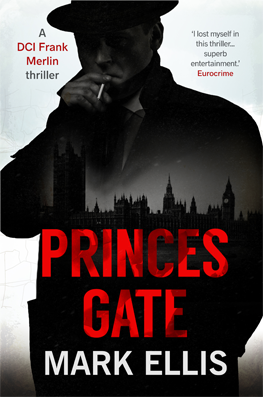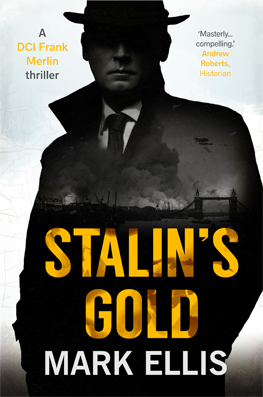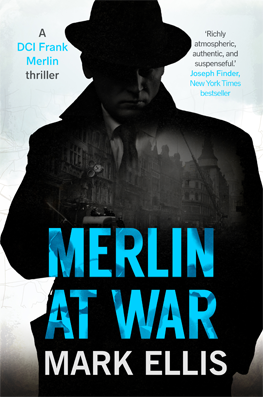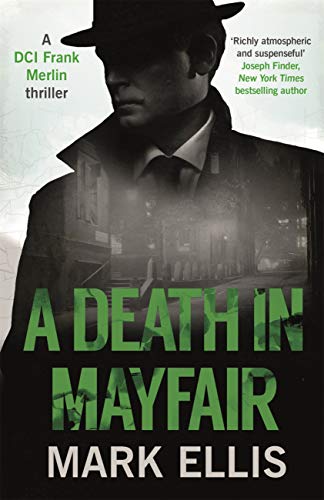
My new DCI Frank Merlin book, A Death In Mayfair,
is set in December 1941, the month when Japanese planes attacked Pearl
Harbour. In London, Merlin is informed at Scotland Yard of the violent deaths
of two women in the heart of the capital. One victim is a beautiful and famous film
star, Laura Curzon, whose shattered body has been found on the pavement beneath
her Mayfair penthouse flat. The other is an unknown young girl found in the
rubble of a bombed-out building nearby. Merlin and his team investigate.
A Death In Mayfair is
the fourth in the series following Merlin’s adventures as a senior London
police detective during the Second World War. The first book, Princes Gate,
was set in January 1940, the second Stalin’s Gold, in September 1940,
and the third, Merlin At War, in June 1941. I plan to set the fifth in
September 1942.



With a film star as one of the victims, much of the
action of A Death In Mayfair revolves around the British film scene of
the time, a subject I much enjoyed researching. The action is not confined solely
to that world though. Merlin’s investigations also take him into the murky domain
of London Gangland. Crime boomed in wartime London, with the blackout, the
chaos caused by German bombing, and the black market among the factors
contributing to a near sixty per cent rise in crime between 1939 and 1945. Gangs
proliferated and made the most of their criminal opportunities.
Wartime London had several criminal gangs. The most
powerful was run by a crook called Billy Hill. He and his men were leading players
in armed robbery, burglary, and protection. They were also the biggest
exploiters of the black market, which burgeoned with the advent of rationing
and other onerous wartime restrictions and regulations introduced by the
Government. In one area of criminal activity, however, Hill allowed others to
take the lead. That was the sex trade. This racket was dominated by criminals
from Malta. The biggest vice gang was run by the Messinas, a family of five Maltese
brothers originally from the Egyptian city of Alexandra. Prostitution boomed in
the war in line with the huge inflow of soldiers, airmen, soldiers and support
personnel as the war progressed. By 1944 Britain was base to more than 1.5
million American GIs and 3 million members of the home forces. To soldiers on
leave, London was an irresistible magnet. The Messinas ran scores of brothels
and shady night clubs and had a vast army of professional girls known as ‘Piccadilly
Commandos’ on the streets to service the massive demand. The gang was able to
carry on business with little intervention from the authorities thanks to
police corruption.
The Messinas continued their business successfully for
a few years after the war until Scotland Yard finally took them down. Billy
Hill was never brought to account and continued running various rackets until he
retired in the 1970s. Among his post war achievements was the mentoring of the
young Kray brothers at the beginning of their criminal careers in the early 1950s.
Merlin will still be several years from retirement age then. Perhaps he’ll take
Ronnie and Reggie on?
A Death In Mayfair by Mark Ellis is just published by Headline Accent as a paperback original at £7.99
Read SHOTS' Review here
